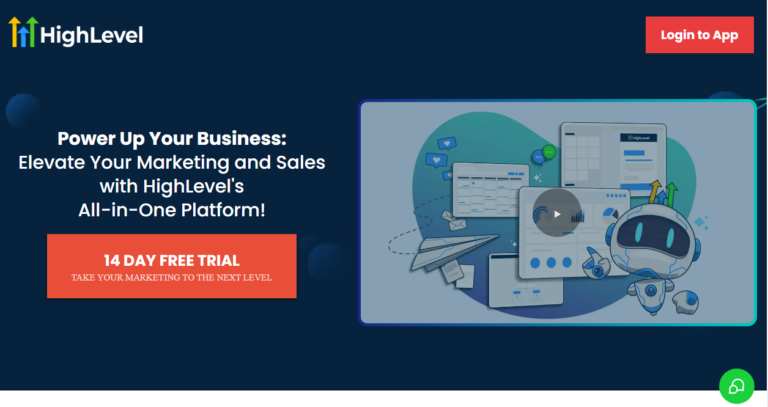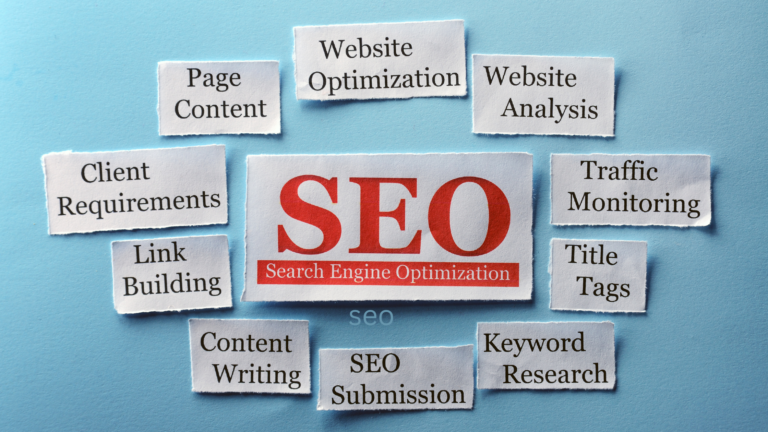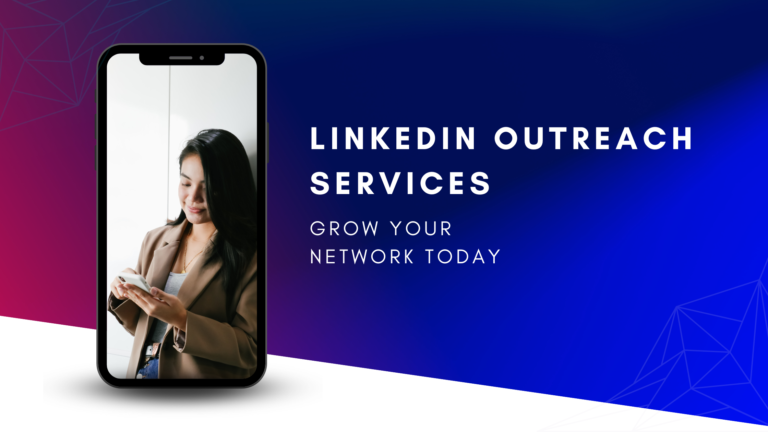The Ultimate Guide to the Outbound Lead Generation Process
Outbound lead generation is the backbone of any sales-driven organization.
It involves identifying potential customers
and reaching out proactively rather than waiting for them to find you.
This guide will walk you through the outbound lead generation process,
from understanding the basics to implementing advanced strategies
to drive significant business results.
What is Outbound lead generation?

Outbound lead generation is a proactive approach to sales in which businesses
reach out to potential customers rather than waiting for them to come to them.
It’s a critical aspect of any sales strategy,
especially in industries where fierce competition and customer acquisition are essential to growth.
Unlike inbound lead generation, which relies on attracting customers through content and SEO,
outbound lead generation involves directly contacting leads
through cold calling, email outreach, and social selling.
Why is outbound lead generation so important?
Simply put, it puts you in the driver’s seat.
By actively seeking out prospects, you can control the flow of your sales pipeline,
ensure a steady stream of potential customers,
and maintain momentum even in slow periods.
Understanding Outbound vs. Inbound Lead Generation
Key Differences
The difference between outbound and inbound lead generation lies in how you approach potential customers.
Outbound lead generation involves reaching out directly
to prospects who may or may not have expressed interest in your product or service.
This can include methods like cold calls,
direct mail, and targeted emails.
On the other hand, inbound lead generation focuses on creating content
and experiences that attract potential customers to you,
such as through blogs, social media, and SEO.
When to Use Outbound vs. Inbound
Both outbound and inbound lead generation have their place in a comprehensive marketing strategy.
Outbound is particularly effective when launching a new product,
entering a new market, or targeting specific high-value customers. Inbound,
meanwhile, excels at building long-term brand awareness and attracting leads over time.
The best approach is often a combination of both,
tailored to your business needs.
The Importance of Targeting the Right Audience
Defining Your Ideal Customer Profile (ICP)
Before you start your outbound lead generation efforts,
you must know who you’re targeting.
Your Ideal Customer Profile (ICP) is a detailed description of
the type of customer who would benefit most from your product or service.
This includes demographic details, job titles, industry,
and company size.
A well-defined ICP helps you focus your efforts on the prospects most likely to convert,
saving time and increasing your chances of success.
Segmenting Your Audience
Once you’ve defined your ICP, the next step is to segment your audience.
Segmentation allows you to tailor your messaging to different groups within your target audience,
ensuring that each prospect receives the most relevant and compelling communication.
You can segment based on industry, company size, location,
or past interactions with your brand.
Building a Strong Outbound Lead Generation Team
Roles and Responsibilities

A successful outbound lead generation process relies on a dedicated team.
This team typically includes sales development representatives (SDRs) responsible
for reaching out to prospects, qualifying leads,
and setting up meetings for the sales team.
Other vital roles might include data analysts to ensure
the quality of your lead lists and marketing professionals to help craft your messaging.
Skills Required
Your outbound lead generation team needs specific skills to be practical.
These include strong communication skills,
handling rejection, and a deep understanding of your product or service.
Additionally, familiarity with sales tools and CRM systems
is crucial for tracking and managing leads effectively.
Crafting the Perfect Outreach Strategy
Multi-Channel Approach
To maximize your chances of success,
using a multi-channel approach in your outbound lead generation efforts is essential.
This means reaching out to prospects through various channels,
such as email, phone, social media, and direct mail.
Prospects prefer different communication methods,
so a multi-channel approach increases your likelihood of making contact.
Personalization and Relevance
Personalization is critical to standing out in a crowded marketplace.
When crafting your outreach messages,
tailor them to each prospect’s needs and pain points.
Mentioning specific about their company
or role can show that you’ve done your homework and genuinely want to help.
Creating a Compelling Value Proposition
Understanding Your Unique Selling Points (USPs)
Your value proposition is the core of your outbound lead generation messaging.
It sets you apart from the competition and explains why
a prospect should choose your product or service over others.
To create a compelling value proposition, identify your unique selling points (USPs).
These are the features or benefits that make your offering distinct and valuable.
Communicating Value Effectively
Once you’ve identified your USPs, the next step is communicating them effectively.
Your value proposition should be clear,
concise, and focused on the prospect’s needs.
Avoid jargon or overly technical language, and instead,
focus on how your product or service can solve their specific problems.
Choosing the Right Tools for Outbound Lead Generation
CRM Systems
A good Customer Relationship Management (CRM) system is essential for managing outbound lead generation efforts.
A CRM allows you to track interactions with prospects,
manage follow-ups, and analyze the effectiveness of your campaigns.
Popular options include Salesforce, HubSpot, and Zoho CRM.

Email Marketing Tools
Email marketing is a powerful tool for outbound lead generation,
and many platforms are available to help you manage your campaigns.
Look for tools that offer automation features,
A/B testing and analytics to help you optimize your emails for maximum impact.
Sales Automation Software
Sales automation tools can help streamline your
outbound lead generation process by automating repetitive tasks like sending follow-up emails or scheduling meetings.
This lets your team focus on high-value activities, such as engaging with prospects and closing deals.
Building a Quality Leads List
Data Sources for Lead Generation
The quality of your lead list is crucial to the success of your outbound lead generation efforts.
You can build your list from several sources,
including LinkedIn, industry directories,
and data providers like ZoomInfo or Clearbit. To reach the right people,
verify the accuracy of the data you collect.
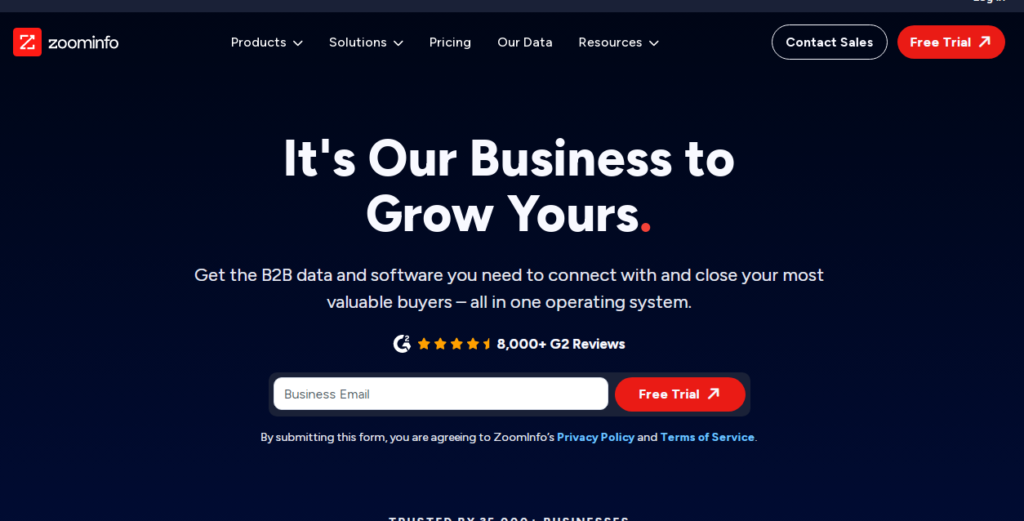
Validating and Qualifying Leads
Once you’ve built your leads list, validating and qualifying each lead is essential to ensure they fit your product or service well.
This might involve checking their job title,
company size or industry and looking for signs of intent,
such as recent interactions with your website or content.
Developing Effective Cold Calling Techniques
Scriptwriting Tips
Cold calling can be one of the most challenging aspects of outbound lead generation,
but a well-crafted script can make all the difference.
Start by introducing yourself and your company,
then quickly move on to how to help the prospect solve a specific problem.
Be sure to anticipate common objections and have responses ready.
Handling Objections
Handling objections is a crucial skill in cold calling.
When a prospect raises a concern, listen carefully,
acknowledge their point, and then address it with a relevant benefit of your product or service.
Practice makes perfect, so consider role-playing with your team to refine your approach.
Writing High-Converting Cold Emails
Subject Lines That Grab Attention
The subject line is the first thing a prospect sees,
so it’s essential to make it count. Keep it short,
relevant, and personalized to increase your email’s chances of opening.
Questions or statements that pique curiosity can be particularly effective.
Structuring Your Email for Success
Once you’ve grabbed the prospect’s attention with your subject line,
the body of your email needs to keep them engaged.
Start with a personalized greeting,
followed by a brief introduction to your product or service and how it can help the prospect. Then,
end with a clear call to action, such as scheduling a call or requesting more information.
Leveraging Social Media for Outbound Lead Generation
Best Platforms for B2B and B2C
Social media can be a powerful tool for outbound lead generation,
especially for B2B companies.
LinkedIn is the go-to platform for B2B lead generation,
while platforms like Facebook and Instagram are more effective for B2C.
Tailor your approach to each platform and audience to maximize your results.
Social Selling Techniques
Social selling involves using social media to build relationships
with prospects and gradually guide them toward purchasing.
This might include sharing valuable content,
engaging with their posts, or sending personalized messages.
The key is to be authentic and provide value in every interaction.
Measuring and Analyzing Your Outbound Lead Generation Efforts
Key Metrics to Track
To gauge the success of your outbound lead generation efforts,
tracking key metrics such as response rates, conversion rates,
and cost per lead is important.
These metrics will help you identify what’s working and where there’s room for improvement.
Tools for Analytics and Reporting
Many tools are available to help you measure and analyze your outbound lead generation efforts.
Look for tools that offer detailed reporting and analytics, such as Google Analytics,
HubSpot, or Salesforce.
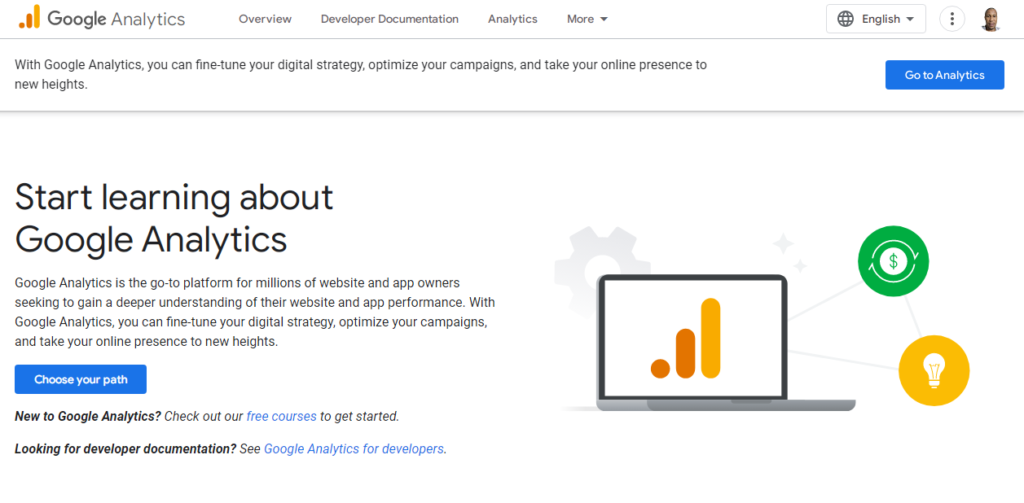
Regularly reviewing your performance data will help you make informed decisions and optimize your strategy.
Optimizing Your Outbound Lead Generation Process
A/B Testing and Experimentation
A/B testing is a powerful way to optimize your outbound lead generation efforts.
By testing different elements of your outreach,
such as subject lines, call scripts, or email templates,
you can identify what resonates best with your audience
and refine your approach accordingly.
Continuous Improvement
The outbound lead generation process should constantly evolve.
Review your performance regularly, gather feedback from your team,
and stay up to date with the latest trends and tools in lead generation.
By continuously improving your process,
you can stay ahead of the competition and maximize your results.
Common Mistakes to Avoid in Outbound Lead Generation
Overlooking Follow-Ups
One of the biggest mistakes in outbound lead generation is failing to follow up.
It often takes multiple touchpoints to convert a lead,
so be persistent but respectful in your follow-up efforts.
Ignoring Data Privacy Regulations
With data privacy regulations like GDPR and CCPA,
ensuring your outbound lead generation practices comply with the law is crucial.
Be transparent about how you collect and use data,
and always obtain consent where required.
Conclusion
Outbound lead generation is a powerful tool for driving sales and growing your business.
By understanding the process, targeting the right audience,
and continuously optimizing your approach, you can generate high-quality leads and turn them into loyal customers.
Remember, the key to success is persistence, personalization,
and a deep understanding of your prospects’ needs.
FAQs
What is the difference between outbound and inbound lead generation?
Outbound lead generation involves proactively reaching out to potential customers,
while inbound lead generation focuses on attracting customers through content and SEO.
How can I improve my cold-calling success rate?
To improve your cold calling success rate, develop a strong script, anticipate objections,
and practice regularly to refine your technique.
What are the best tools for outbound lead generation?
Some of the best tools for outbound lead generation include CRM systems like Salesforce,
email marketing platforms like Mailchimp,
and sales automation tools like Outreach.
How do I measure the success of my outbound lead-generation efforts?
Track key metrics such as response rates, conversion rates,
and cost per lead to measure the success of your outbound lead generation efforts.
What are common outbound lead generation mistakes?
Common mistakes include overlooking follow-ups and ignoring data privacy regulations.
Being persistent and compliant is critical to successful outbound lead generation.


